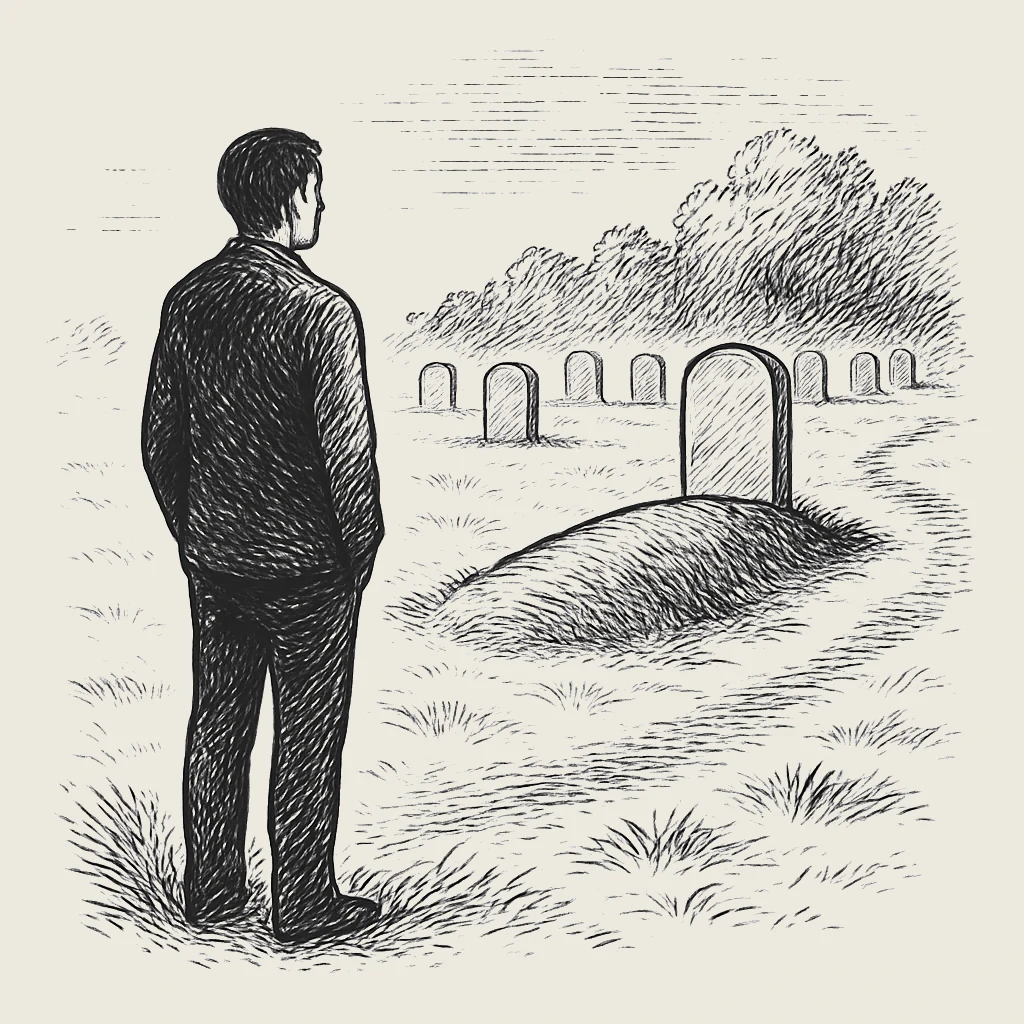When to Install a Headstone: Timing, Conditions, and Recommendations
Why Choosing the Right Time for Installation Matters
When planning to install a headstone, it’s important to consider not only aesthetics but also technical, climatic, and religious factors. Even if you’ve decided on the design and material, the timing of installation affects the durability of the entire structure. Not everyone knows the best time to place a headstone at the burial site, and that’s understandable—many factors must be considered, including soil condition and weather. Choosing the right time helps avoid unnecessary expenses for removal, tilting, or premature damage to the monument.
When Headstones Are Typically Installed: Optimal Timing
The most suitable time for installing a headstone is one year after the funeral. By this time, the soil settles by approximately 80%, creating a more stable base. After five years, the ground is fully compacted, minimizing the risk of shifting. Some may wonder if a headstone can be installed earlier, such as six months after the burial. This is possible but only if a solid foundation is used and the base is placed away from the grave’s edges. It’s important to remember that a natural stone headstone can weigh over 100 kilograms, and installing it on unsettled soil can have consequences.
Why Soil Settlement After Burial Is Important
Soil settlement after burial is a natural process that should not be overlooked when choosing the installation date. During the first six months, the soil can settle up to 60%, and by the end of the year—up to 80%. Only after five years does the ground become almost completely compacted, with voids from the decaying coffin disappearing, making it safe to install even massive monuments. Ignoring these facts can lead to tilting or sinking of the headstone, resulting in additional costs. That’s why it’s essential to approach the installation decision carefully.
The Need for a Foundation with Early Installation
If a headstone must be installed before a year has passed, reinforcing the structure is mandatory. In such cases, a monolithic foundation that does not touch the grave's edges is used. Metal trellises or concrete beams are also applied to ensure stability and reduce the risk of tilting. It should be noted that installation without a foundation in the first months after burial is only possible in exceptional cases. Without a quality base, the headstone may shift within a season, especially during heavy rains or temperature fluctuations.
How Seasons and Weather Affect Installation
Weather conditions play a crucial role in headstone installation. Work is not carried out during winter because frozen ground does not provide a reliable base. The best time is from late spring or early summer to the beginning of autumn, when the soil is dry and the air temperature remains between +15 and +25 degrees Celsius. Installation is not performed during rain or immediately afterward—it’s necessary to wait at least two days for the soil to dry. It’s also important to note that at temperatures below +1 degree, adhesives and concrete lose their properties, affecting the strength of the structure.
The Effect of Soil Type on Monument Installation
The type of soil also plays a significant role in headstone installation. For example, rocky soil provides a good base but requires extensive preparation. Black soil is too loose, making a reinforced foundation essential. Sandy areas tend to collapse easily and require a strong foundation. Clay soils are prone to sinking after rainfall, especially during the first year after burial. Considering these factors, specialists select the optimal installation method and base type to avoid future deformation and ensure the monument’s longevity.
Religious and Cultural Traditions
According to Orthodox tradition, a wooden cross is placed on the grave immediately after the funeral. It may include a plaque with the deceased’s name and dates of life. The temporary marker serves to identify the grave until a permanent monument can be installed—typically after one year. Religious teachings do not impose strict deadlines for monument installation. What matters most is respect for the deceased’s memory and adherence to technical norms. Therefore, the timing of installation is ultimately up to the family, taking into account both tradition and practical considerations.
When to Install a Fence Around the Grave
A grave fence is not only decorative but also helps define the plot. According to folk beliefs, it is not installed within 40 days of burial. The optimal time is after six months, when landscaping typically begins. Metal fences are sometimes anchored directly into the ground, but wrought iron and stone fences require a foundation. Work is done exclusively during warm, dry weather. Installation is allowed only with the cemetery administration’s permission, which should be considered during planning. A fence helps prevent disputes over territory and gives the plot a finished appearance.
Is It Possible to Install a Monument Yourself
Installing a headstone at a cemetery requires knowledge, tools, and experience. Without proper preparation, installation may result in tilting, sinking, or complete destruction of the monument. It’s also crucial to correctly calculate the foundation depth and choose materials suitable for the soil type. Trying to save on installation may lead to double the cost for future repairs. Therefore, the best decision is to entrust the work to professionals who will account for all the nuances and guarantee the quality of the installation.
Conclusion: How to Choose the Best Time and Avoid Mistakes
When deciding on the best time to install a headstone, one must consider not only the timing but also weather conditions, soil characteristics, and religious traditions. The safest time for installation is one year after burial. Warm weather, dry soil, and adherence to all technical requirements are essential. If early installation is necessary, a strong foundation and strict adherence to installation technology are required. A responsible approach ensures the monument’s durability and expresses deep respect for the memory of a loved one.
Read also:




